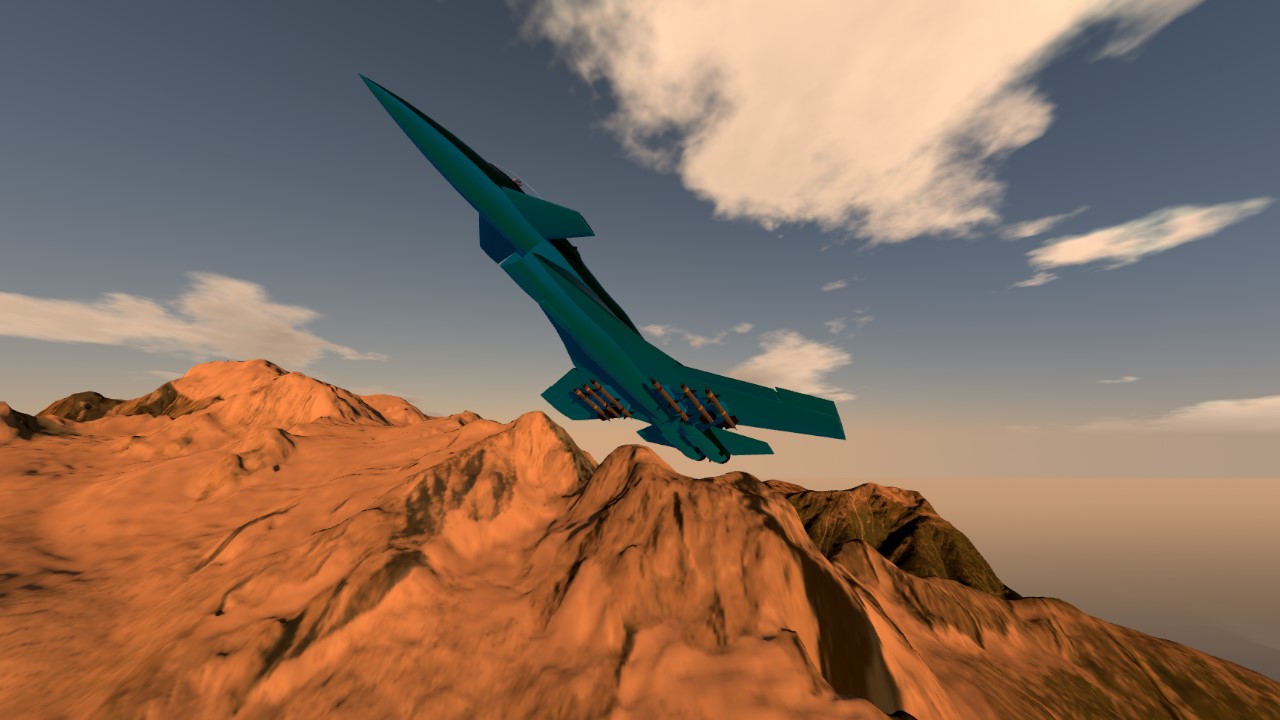Our engineering and history department has proactively begun developing this prototype for Skipper's Cold War Dogfight Challenge. With the support of the more experienced designers involved in the development of our Yak-130 replica, this fighter concept was created, based entirely on PRC, Israeli and Soviet fighter design expertise.
Historical background:
The Soviet concept of the fifth generation did not imply the use of low-visibility in aircraft, the bet was on the evolutionary development of the characteristics of the fourth-generation fighters, and based on this concept, elaborated back in 1979, the aircraft, now known as MiG 1.44 emerged from the I-90 (Fighter of the 90s). Unfortunately, the Soviet Union was never able to complete work on the fighter, and the first prototype did not take off until the 21st century.
Simultaneously, in 1980, Israel began to develop a prospective fighter of similar design, called Lavi (Young Lion). Despite great potential, the program was scrapped in 1987 because of the purchase of American F-16s. Blueprints and developments were sold.
Subsequently, Soviet specialists advised Chinese designers during their work on the aircraft according to Israeli research materials, which in the future would receive the designation J10. It would be the first Chinese fighter aircraft that was not a copy or modification of existing fighters.
Our prototype is based entirely on the general concept that went into these three fighters, but some components have been added by our designers at their own discretion:
The overall fuselage profile is reminiscent of the J10.
The wing is designed similarly to the MiG 29, albeit with a different mechanisation.
The arrangement of the wing and the forward control plane is based on the Lavi ancestor, the Israeli modification of the Dassault Mirage fighter, the Kfir.
The twin-engine scheme is based on the MiG 1.44 design.
The aircraft is fully capable of landing on an aircraft carrier and taking off by catapult.
This aircraft is a prototype in the full sense of the word - flying it without a control upgrade is extremely dangerous. Some manoeuvres can cause the plane to lose control, so be careful.
The armament of the plane is a standard minigun (imitating a rapid-fire cannon), located at the base of the left wing, plus 4 Guardian-type missiles and 2 Interseptor-type missiles.
The aircraft is equipped with a simplified cockpit designed so that, to quote the head of the campaign:
"Even our test squadron of artificial idiots could figure out the controls."
This does not change the fact that some functions - such as calling for an instructor, afterburner or ejection - do not work.
There is a special "take-off mode" on the aircraft, so be careful when taking off and landing.
Specifications
Spotlights
- FalcoOne 3.6 years ago
General Characteristics
- Created On Windows
- Wingspan 35.2ft (10.7m)
- Length 50.0ft (15.3m)
- Height 12.9ft (3.9m)
- Empty Weight 27,224lbs (12,348kg)
- Loaded Weight 32,201lbs (14,606kg)
Performance
- Power/Weight Ratio 5.583
- Wing Loading 45.9lbs/ft2 (224.1kg/m2)
- Wing Area 701.5ft2 (65.2m2)
- Drag Points 7197
Parts
- Number of Parts 378
- Control Surfaces 0
- Performance Cost 1,671





We apologise for having to remove the first prototype and replace it with the second. This build has a modified HUD, which does not require modifications beforehand, and is equipped with a radar screen.
At the moment we have at least one customer interested in a batch of fighters of this type, so they will probably go into production. Therefore we ask pilots to leave their suggestions and criticisms for the aircraft so that we can refine it further.